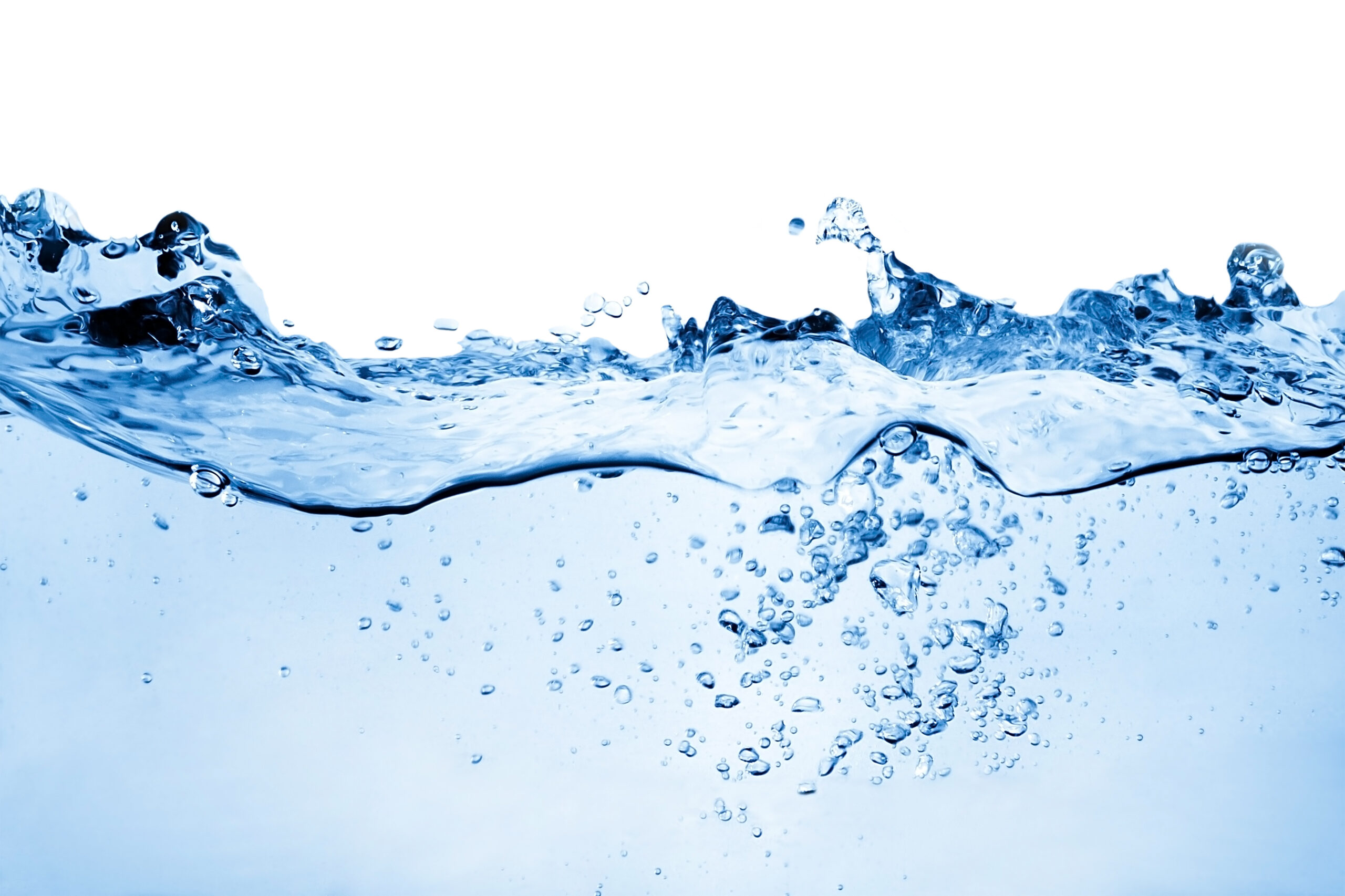Water conservation has emerged as one of the most pressing challenges of the contemporary world. With escalating concerns over climate change, pollution, and population growth, the way in which we utilize and manage water resources has come under scrutiny. A revolutionary concept gaining traction in this dialogue is “water hybridization.” This term encompasses a variety of innovative techniques and technologies that aim to merge diverse water sources in sustainable, efficient ways. This exploration prompts a shift in perspective regarding water usage, heralding potential benefits and broader implications for resource management.
At its core, water hybridization refers to the integration of multiple water sources, including rainwater, greywater, and treated wastewater, to create a more resilient and adaptable water system. The idea is to capitalize on the inherent qualities of various water types, leveraging their unique attributes to meet community needs without over-relying on any single source. This approach also promises to contribute to the overall reduction of freshwater consumption, thereby aligning with the principles of sustainability.
In adopting a perspective that values hybridization, it’s essential to consider the geology and hydrology of a specific area. For example, a region that receives abundant rainfall may benefit from systems that efficiently collect and store rainwater for subsequent use. Conversely, urbanized areas, often burdened by significant greywater generation from sinks, showers, and washing machines, can implement hybrid solutions that repurpose this reclaimed water effectively. This adaptability is crucial in fostering resilience against climate uncertainties.
By harnessing hybridization, communities can mitigate some of the dire consequences associated with traditional water sourcing. For example, in many regions, relying solely on groundwater taps into aquifers that are being depleted at alarming rates. This overextraction can lead to adverse ramifications such as land subsidence, diminished ecosystem health, and even the loss of biodiversity. On the other hand, capturing and utilizing rainwater or recycling wastewater can alleviate stress on these vital subterranean reservoirs.
One of the most exciting aspects of water hybridization is its potential for innovation. Emerging technologies, such as advanced filtration systems, are being developed to improve the safety and reliability of reclaimed water. These cutting-edge tools guarantee that water recycled for non-potable uses—like irrigation or industrial processes—meets stringent health standards while simultaneously reducing overall water demand. Such enhancements lend credibility to the idea that alternative water sources can be trusted and utilized without compromising public health.
Moreover, the implementation of hybrid water systems can stimulate economic growth. As municipalities invest in robust infrastructure capable of handling multiple water sources, local jobs are created not only in construction and maintenance but also within burgeoning sectors focused on water technology and management. The marriage of necessity and ingenuity sets the stage for innovative solutions that respond to environmental imperatives while fostering community development.
Central to the discussion of water hybridization is the role of policy frameworks and community engagement. To realize the full potential of hybrid systems, effective governance must be coupled with public awareness campaigns that educate citizens about the benefits and practicality of transitioning to alternative water sources. Encouraging local participation can help ensure that hybridization strategies are culturally relevant and tailored to meet the unique needs of individual communities. By placing the community at the forefront, the chances for successful adoption and sustainability increase manifold.
However, while the promise of water hybridization is compelling, there are challenges that must be addressed. The public’s perception of reclaimed water remains a significant hurdle; many individuals harbor concerns about the safety and quality of recycled water. Establishing confidence in these systems necessitates transparency in the treatment processes and assurance that rigorous monitoring practices are in place. It becomes paramount for advocates to communicate the science behind hybridization, emphasizing its benefits while dispelling myths and misconceptions.
Technological advancements play an instrumental role in addressing the challenges associated with water hybridization. Innovations in smart water management systems can provide real-time data, allowing agencies to optimize water distribution dynamically. These systems can prioritize the use of alternative sources during peak demand times, thereby conserving precious freshwater resources. Furthermore, internet-of-things (IoT) applications can monitor water quality continuously, ensuring that standards are met consistently and efficiently.
As we rethink our relationship with water through the lens of hybridization, we begin to consider the environment as a web of interconnections, rather than isolated systems. By integrating multiple water sources, we tacitly acknowledge that water is a shared resource—one that transcends political boundaries and individual interests. This new perspective promotes an ethos of collaboration and collective stewardship, focusing on long-term sustainability over short-term gains.
In conclusion, water hybridization offers a promising and multifaceted approach to addressing the water scarcity crisis exacerbated by climate change and expanding populations. By reimagining the water landscape through innovative technologies and community engagement, we set the stage for a more resilient and sustainable future. As curiosity is piqued by the potential of this paradigm shift, it becomes imperative for stakeholders across the spectrum—governments, businesses, and citizens—to engage actively in this vast opportunity, united by the singular goal of ensuring a secure and sustainable water supply for generations to come.
